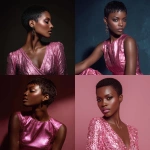Explore the Best AI Image Gallery

Beyond the Canvas: Wearable Tech and the Evolution of Artistic Expression
The realm of art has always been a tapestry woven with innovation, constantly evolving to reflect the advancements of our time. Today, wearable technology stands as a revolutionary force, pushing the boundaries of creative expression and ushering in an era of unprecedented artistic possibilities. From interactive installations that respond to human movement to personalized digital garments that transform based on emotions, wearable tech is redefining the very nature of artistic creation and consumption.
The Canvas Becomes You
Imagine a world where your body itself becomes the canvas, pulsating with color, light, and sound as you move. This is the promise of wearables in art. Technologies like augmented reality (AR) and haptic feedback allow artists to create immersive experiences that integrate seamlessly with the wearers physical presence. A dancer adorned with sensors could trigger a cascade of digital projections, their every movement influencing the unfolding artwork. A musician might don gloves that translate their hand gestures into mesmerizing patterns of light or sound, blurring the lines between performer and technology.
Bridging the Gap Between Artist and Audience
Wearable tech has the power to dismantle traditional barriers between artists and audiences. Interactive installations powered by sensors can respond to viewers presence, inviting them to become active participants in the creative process. Imagine a sculpture that changes shape based on the collective emotions of those surrounding it or a mural that blossoms with vibrant hues as individuals walk through its space. These experiences foster a sense of shared creation, blurring the lines between observer and participant.
The Democratization of Art
One of the most exciting aspects of wearable tech in art is its potential to democratize creative expression. With increasingly affordable and accessible tools, individuals without formal training can now experiment with new mediums and share their artistic visions with the world. Imagine a platform where anyone can create personalized digital garments or interactive experiences that reflect their unique perspectives and stories.
Navigating Ethical Considerations
As we embrace the transformative power of wearable tech in art, it is crucial to address the ethical considerations that arise. Data privacy concerns are paramount as wearable devices often collect personal information about users. Artists must ensure transparency and obtain consent for data collection and usage. Moreover, issues of accessibility and inclusivity need careful consideration. Art experiences should be designed to be inclusive of individuals with diverse abilities and backgrounds.
The Future of Artistic Expression
The convergence of wearable technology and art is still in its nascent stages, brimming with potential for innovation. As these technologies continue to evolve, we can anticipate even more immersive, interactive, and personalized artistic experiences. Imagine virtual reality (VR) environments where wearables allow users to step into artworks as protagonists or collaborative platforms that enable artists from around the world to co-create immersive experiences.
The future of artistic expression is boundless. Wearable technology is not simply a tool for creating art; it is a catalyst for reimagining the very nature of creativity, blurring the lines between artist, audience, and artwork. It empowers individuals to become active participants in the creative process, fostering a more inclusive and dynamic artistic landscape.

](https://images.ai-img.art/thumbnails/150/557d293cdac370a44294bdbd6e681bb89809602686fbf72c16408388e23d1346.webp)


](https://images.ai-img.art/thumbnails/150/74ff5e5b8d56112b2631c3ab109fd10da2cb1320c039180284bf1ad90ca70028.webp)



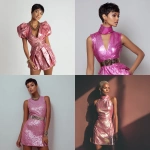



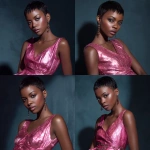
](https://images.ai-img.art/thumbnails/150/b2f3d4a9b5688b7dde277bcb5aaf1a270ecdd3ae4b41cbc95c4dbb9c1897ce46.webp)





](https://images.ai-img.art/thumbnails/150/7f96c1ad95cf8c4abf00675ff16d7d31424d308fc699797f0e56154921fbf518.webp)
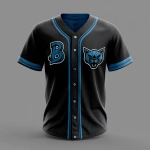





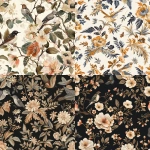


](https://images.ai-img.art/thumbnails/150/7047a680cdf2f50a2d0528ccddcbc25f5a73a5304a4f3da89094c88cca29a8b1.webp)






](https://images.ai-img.art/thumbnails/150/996da7ef8c6c4756951162cc27dd04057ad7abbdbdac321663ea4d81b7f28d38.webp)

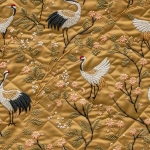





](https://images.ai-img.art/thumbnails/150/e514e7baf4c52bf5a151896b8f3671e96dbbb97485a35f8f6929fa340f24f188.webp)

](https://images.ai-img.art/thumbnails/150/03a7a3f7b2e2eb31696d80031d778c9af16d803cb744a1420480d08fab85225f.webp)
